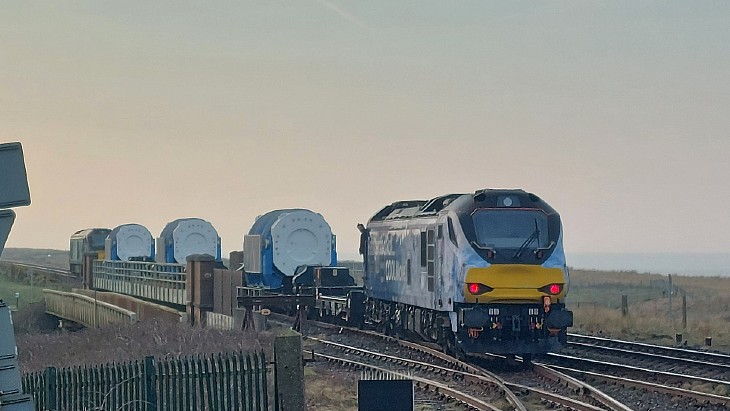Tender opens soon for Dounreay reactor demolition
 Companies are being invited to bid for a contract to demolish the Dounreay Materials Test Reactor in Scotland. A contract notice will appear in the Official Journal of the European Union for the project estimated to be worth around £7 million ($9 million) over three years. A contractor is expected to be appointed in the first half of 2018.
Companies are being invited to bid for a contract to demolish the Dounreay Materials Test Reactor in Scotland. A contract notice will appear in the Official Journal of the European Union for the project estimated to be worth around £7 million ($9 million) over three years. A contractor is expected to be appointed in the first half of 2018.Companies are being invited to bid for a contract to demolish the Dounreay Materials Test Reactor (DMTR) in Scotland. A contract notice will appear in the Official Journal of the European Union for the project estimated to be worth around £7 million ($9 million) over three years. A contractor is expected to be appointed in the first half of 2018.
.jpg) |
| The Dounreay Materials Test Reactor (Image: DSRL) |
DMTR, which became Scotland's first operational reactor in 1958, tested the effects of irradiation on metals and was the only reactor on the site to use heavy water instead of liquid metal as a coolant. First criticality was achieved in a test rig known as ZETR (zero energy test reactor) located alongside DMTR on 13 August 1957.
Bill Lambie, project manager at Dounreay Site Restoration Limited (DSRL), said today: "This month we celebrate the 60th anniversary of the first criticality in Scotland, which took place in a temporary test rig. This was an historic moment because it put Dounreay on the map as the UK's centre of fast reactor research, and encouraged the local population to acquire scientific skills and abilities that have been associated with the area ever since."
DSRL is now poised to demolish its successor and the oldest reactor on the site. Lambie said: "The removal of DMTR from the skyline will be a significant step for Dounreay, and will be a real and visible sign of the decommissioning progress being made."
DSRL is the site licence company responsible for the clean-up and demolition of Britain's former centre of fast reactor research and development. It is a wholly-owned subsidiary of the Cavendish Dounreay Partnership Ltd, a consortium of Cavendish Nuclear, CH2M and AECOM. It is funded by the Nuclear Decommissioning Authority to deliver the site closure program.
Fuel was removed from DMTR soon after it shut down in 1969 and many of the surrounding facilities, including cooling towers, emergency control room and pipework have since been cleared out and demolished. The control room desk and panels were transferred to Caithness Horizons museum, in Thurso, in 2015, where they remain on display and the final support building is on track to be knocked down by the end of the year, DSRL said.
DMTR was built with steelwork weighing almost 600 tonnes and stands on foundations more than 25 metres in diameter.
Researched and written
by World Nuclear News
_17992.jpg)
_75800.jpg)







_50521.jpg)


